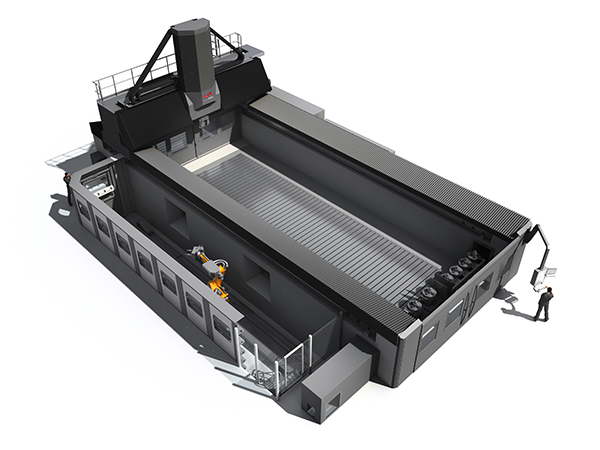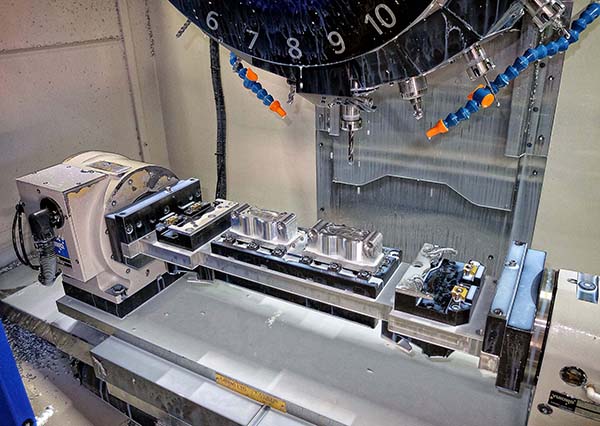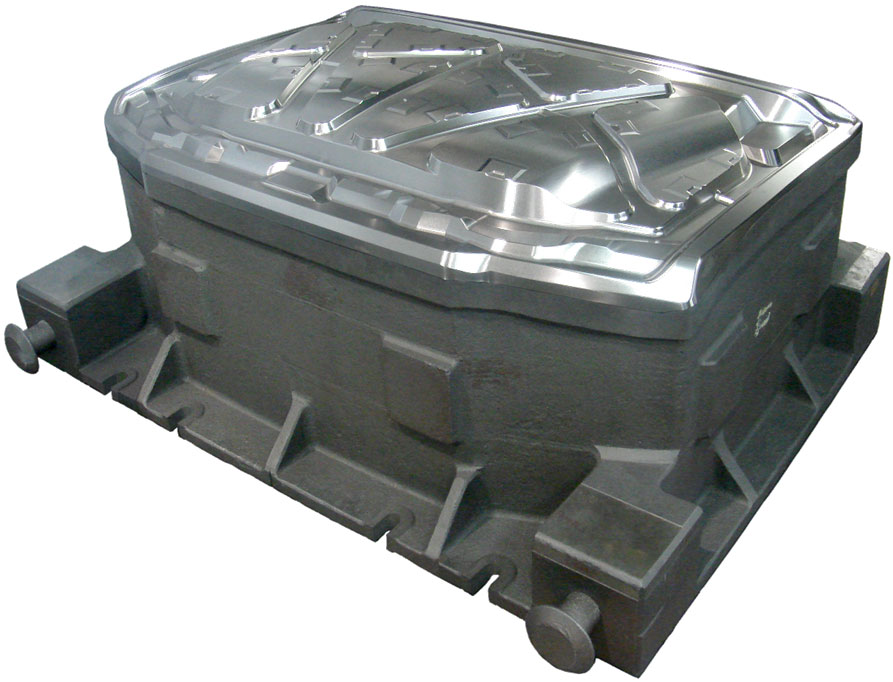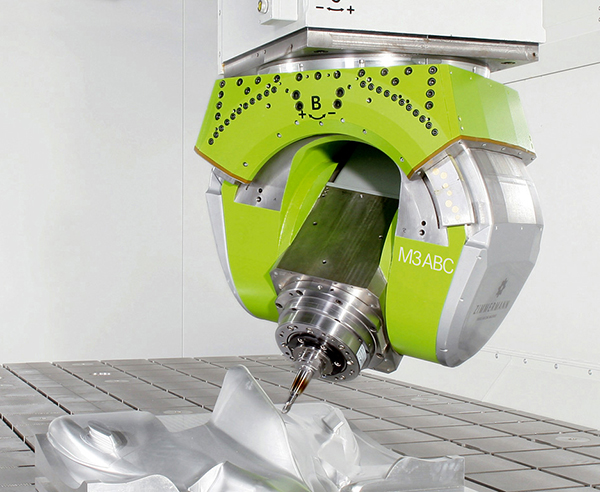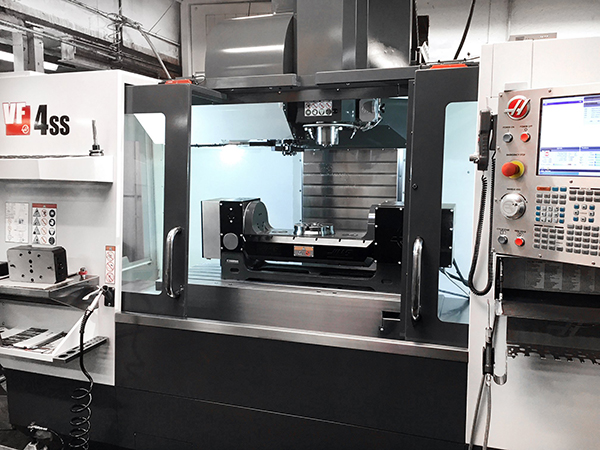Starrag has announced a world first in Droop + Rein vertical milling centres with the launch of three machines – led by the FOGS HD “which takes heavy-duty cutting to the next level” – and the NEO update of existing series machines.

The latest developments and updates all involved existing machine designs and complete the Droop + Rein product range of large vertical milling centres. Of overhead gantry design are the newly developed FOGS HD and updated FOGS NEO/N40 machines; of floor-guided gantry design are the latest GS and GFS NEO/N40 models; and of portal design are the updated TS and TFS NEO/N40 machines.
Following Starrag’s philosophy of modular design, the FOGS HD with hydrostatic guideways can be supplied with a choice of control systems, table configurations, milling heads, tool-changing system and spindles – rated up to 100 kW/7500 Nm – to satisfy even the most demanding tasks asked of its X, Y and Z axes travels of 31, 6 and 2.5 m, respectively. Feed rates are 40 m/min in X and Y, and 20 m/min in Z.
Droop + Rein’s evolutionary update of its milling technologies is exemplified by the machines with the NEO designation, and this work includes a newly devised rack and pinion drive system for the ram (Z axis) and an integrated C axis design of ±400° using a torque drive.
The enhancements to the NEO machines’ main milling drive – which utilises the multi-functionality of a 40 kW main spindle drive and head change, and are designated as N40 models – include a newly developed main drive motor and two-stage gearbox that can now be extended to 60 kW and 1800 Nm in S6 mode.
For further information www.starrag.com






